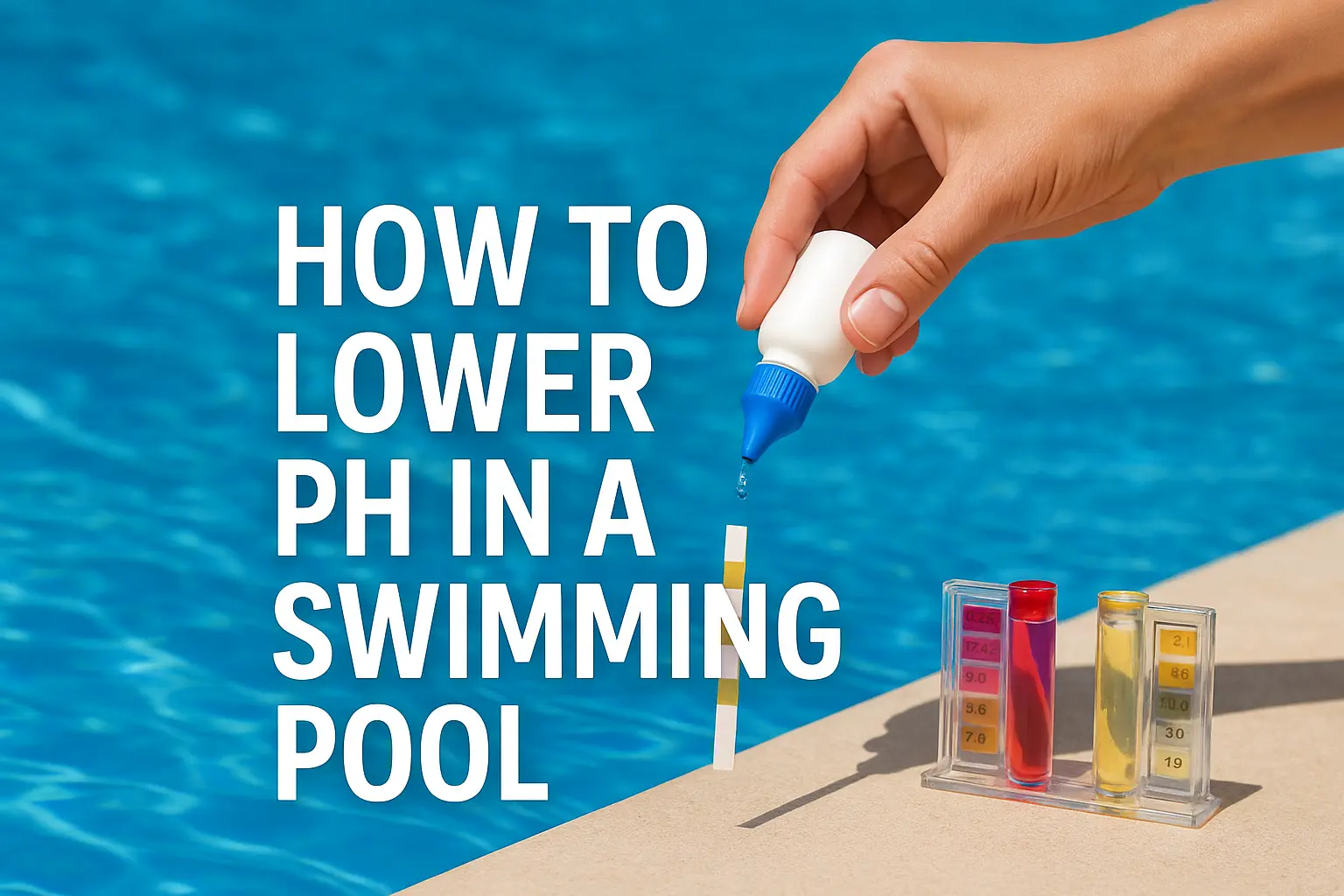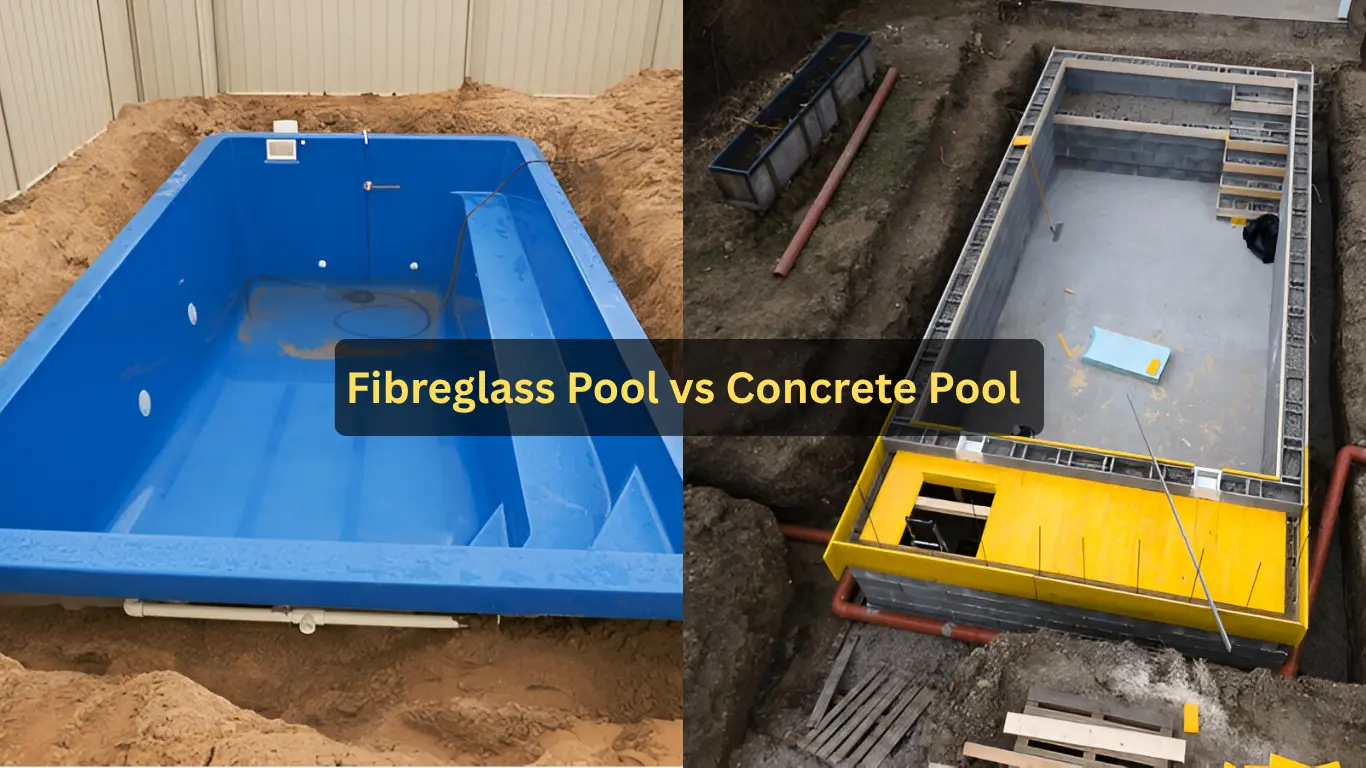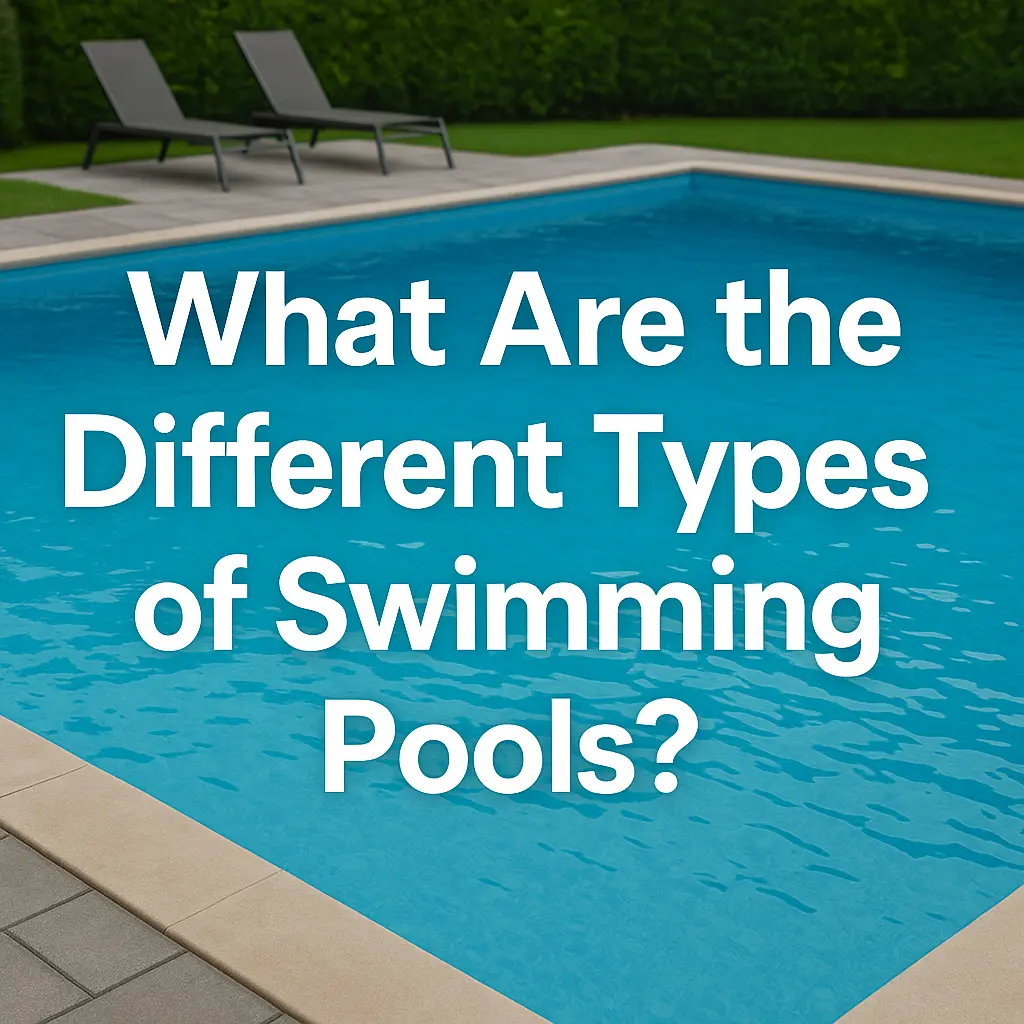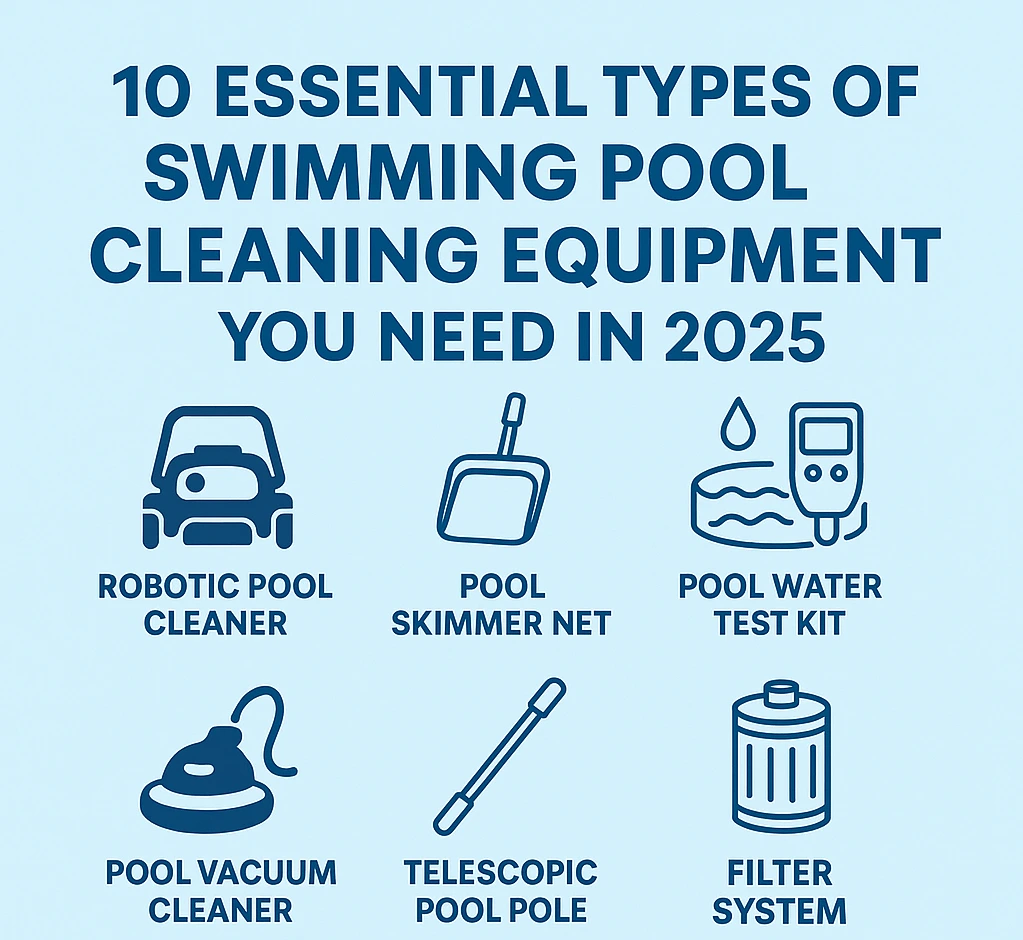How a Robotic Pool Cleaner Makes Dad’s Life Easier?
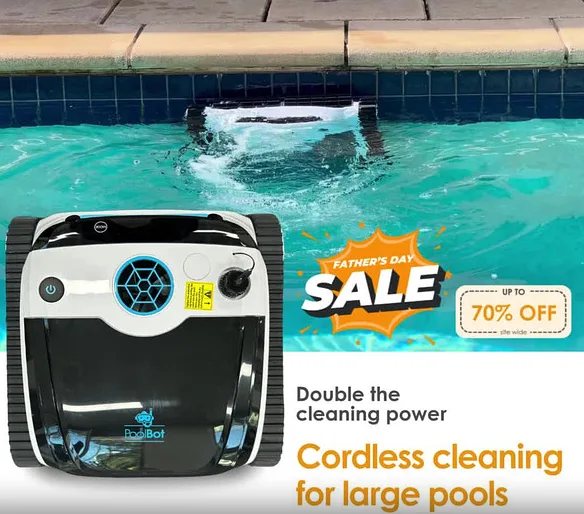
When it comes to celebrating Father’s Day in Australia, families often look for unique and practical gift ideas that truly make a difference in Dad’s everyday life. While ties, wallets, and gadgets are common gifts, there’s one modern solution that can bring both relaxation and convenience to any dad who owns a pool: a robotic pool cleaner. More than just a tool, this smart device can save time, reduce stress, and give fathers the chance to enjoy their backyard oasis without the hard work of cleaning.
In this blog, we’ll explore how a robotic pool cleaner makes Dad’s life easier, why it’s a thoughtful Father’s Day gift, and how it can transform pool maintenance into a simple, stress-free experience.
The Struggles of Traditional Pool Cleaning
Any pool owner knows that keeping a pool clean is not an easy task. Dads often spend hours brushing, vacuuming, and skimming leaves from the water. Traditional pool maintenance requires constant attention and physical effort, especially during the warmer months when the pool is used frequently. For busy fathers, spending weekends scrubbing algae or fighting debris can feel more like a chore than relaxation.
The time, energy, and ongoing frustration of keeping a pool spotless can take away from the joy of actually enjoying it. This is where a robotic pool cleaner comes in as a real game changer.
How a Robotic Pool Cleaner Helps Dad?
A robotic pool cleaner is designed with smart technology that handles the tough job of pool cleaning automatically. Here’s how it makes Dad’s life easier:
1. Saves Time and Effort
Instead of spending hours pushing a manual vacuum, a robotic pool cleaner does the work on its own. Dad can simply place the cleaner in the pool, press a button, and let it do the job. While the cleaner works, Dad can relax, spend time with family, or enjoy his favourite hobbies.
2. Deep and Efficient Cleaning
Robotic pool cleaners are built with advanced sensors, brushes, and powerful suction systems. They clean not just the pool floor but also the walls and waterline. This ensures the pool is sparkling clean and safe to swim in, without Dad having to bend over or tire himself out.
3. Energy Efficient
Modern robotic pool cleaners are designed to consume less electricity compared to traditional pump-driven cleaners. This helps Dad save money on power bills while still enjoying a clean pool.
4. Low Maintenance
Most robotic pool cleaners are easy to use and maintain. With simple filters that can be rinsed off, Dad doesn’t have to spend extra time figuring out complicated parts or calling professionals for frequent servicing.
5. Gives Dad More Family Time
Instead of spending hours maintaining the pool, Dad can spend more quality time with his loved ones. This could mean enjoying a Sunday swim, having a barbecue, or simply relaxing by the pool without the stress of cleaning.
Why a Robotic Pool Cleaner is the Perfect Father’s Day Gift?
When we think about Father’s Day in Australia, the focus is on celebrating dads with thoughtful gifts that make their lives easier and more enjoyable. A robotic pool cleaner checks all the boxes:
1. Practicality: Unlike gifts that sit unused, a robotic pool cleaner provides ongoing value.
2. Surprise Factor: It’s a unique gift idea that most dads wouldn’t expect but would definitely appreciate.
3. Long-Term Benefits: Beyond Father’s Day, the cleaner continues to make life simpler, saving Dad time every week.
4. A Gift of Relaxation: Instead of hard work, Dad gets more leisure and enjoyment from his pool.
In a country like Australia, where pools are a big part of family life, this kind of gift feels especially meaningful. It’s not just about giving a product, but about gifting more time, comfort, and convenience.
Father’s Day in Australia: Making It Special
Father’s Day in Australia is celebrated on the first Sunday of September, a time when families come together to honour their dads. While many people still go for traditional gifts like clothes or gadgets, practical gifts that improve Dad’s lifestyle are becoming more popular. A robotic pool cleaner fits perfectly with this trend because it combines technology, convenience, and thoughtfulness.
Instead of giving a gift that gets forgotten in a drawer, you’re giving Dad something that will genuinely improve his day-to-day life. Plus, it’s a gift that benefits the whole family, as everyone gets to enjoy a cleaner, safer pool.
Real-Life Example: How One Dad’s Life Changed
Take for instance a dad in Melbourne who used to spend at least two hours every weekend cleaning his family’s backyard pool. He loved swimming but often dreaded the effort it took to keep the water clear. When his family surprised him with a robotic pool cleaner on Father’s Day, his weekends completely changed. Now, he spends less than 10 minutes setting up the cleaner, and the rest of the time is spent swimming with his kids or simply relaxing with a cold drink by the pool.
Stories like this show just how impactful this gift can be—not just for Dad, but for the whole family.
Conclusion
Choosing the perfect gift for Father’s Day in Australia can sometimes feel overwhelming, but the goal is simple: to give Dad something meaningful that improves his life. A robotic pool cleaner is more than just a gadget; it’s a thoughtful way to say, “Dad, we appreciate all you do, and we want you to relax and enjoy your time.”
This Father’s Day, instead of buying another tie or tool set, consider giving Dad the gift of convenience and relaxation. With a robotic pool cleaner, you’re not just giving a present—you’re giving back his time, energy, and peace of mind.

